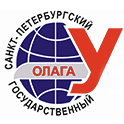Introduction to St. Petersburg State University of Civil Aviation
St. Petersburg State University of Civil Aviation is a Russian institution of higher learning that focuses on education in the field of civil aviation. It has trained a large number of professionals for the aviation industry, covering multiple professional fields such as flight operations, airport operations, and air traffic control.
Overview
The school currently has more than 10,000 students, including more than 7,500 students in 13 major educational programs of higher vocational education, more than 800 students from home and abroad, and 2,600 students in secondary vocational education. Every year, about 3,500 people receive additional vocational education at the school.
History and establishment time
The school was formerly the Soviet Civil Aviation School established in 1930. In 1955, the Soviet government decided to establish the "Civil Aviation College" on this basis. In 1971, it was awarded the "Lenin Medal" and later reorganized into the "Civil Aviation College" and moved to its current location. In 2004, it was named.
School Strength
Faculty: Strong faculty, with doctoral degree faculty accounting for more than 20% of the faculty. The teachers have both a solid theoretical foundation and rich practical experience.
Teaching achievements: The teaching system combines the old and the new, and cultivates a large number of outstanding talents. Graduates are widely distributed in civil aviation and related fields, and many have become industry backbones.
Scientific research level: Strong scientific research strength, with 13 Institutes and research centers, advanced laboratories and research bases, and have achieved many scientific research results in aviation technology, transportation management and other aspects.
Nature of the institution
Public university.
Educational philosophy
Focus on cultivating students' comprehensive quality and practical ability, and provide students with academic exchanges and practical opportunities through cooperation with domestic and foreign institutions and enterprises, so that students can master professional knowledge and skills and adapt to the development needs of the civil aviation industry.
Key laboratories and disciplines
Key disciplines: Aeronautical engineering, air traffic control, air transportation management, aircraft operation and other majors are in a leading position, and disciplines such as astronomy and drone technology have developed rapidly in recent years.
Key laboratories: The school has a number of professional laboratories and research centers, which provide important support for civil aviation technology research and development and talent training, such as flight simulation laboratories.
Departments
There are departments such as flight operations, airport support and flight engineering, air traffic control, rules and regulations, transportation system management and economics, and humanities.
Ranking
Ranked in the top 300 in the QS-EECA international ranking, ranked in the top 100 among Russian universities according to Forbes, and ranked in the top ten in the efficiency ranking of Russian universities, with the "first mission" in the fields of engineering, technology and engineering science. Ranked in the top five in the subject ranking.
Expense
Law bachelor's degree starts from 290,000 rubles, master's degree starts from 310,000 rubles; Bachelor of Applied Science starts from 320,000 rubles, master's degree starts from 310,000 rubles; Bachelor of Economics and Tourism starts from 270,000 rubles, master's degree starts from 310,000 rubles; Linguistics and Cultural Studies starts from 270,000 rubles, master's degree starts from 310,000 rubles.
Campus Environment
The campus is located in the Pulkovo Airport area of St. Petersburg. The surrounding living facilities are complete, the dormitory is in a prime location, and there are self-service laundry rooms, shared kitchens and bathrooms inside. The school also has unique facilities such as the Aviation Museum to enrich students' extracurricular life and create a strong aviation cultural atmosphere.
-

Peter the Great St.Petersburg Polytechnic University
-

Moscow State University M. V. Lomonosov
-
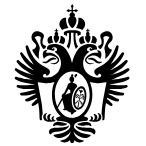
St. Petersburg State University
-
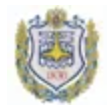
Bauman Moscow State Technical University
-

Tomsk State University
-

Peoples' Friendship University of Russia
-

Don State Technical University
-

Moscow Institute of Physics and Technology
-
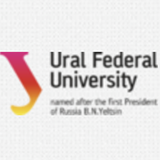
Ural Federal University
-
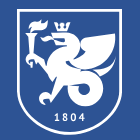
Kazan Federal University
-

Mesoamerican University
-

Istmo University
-
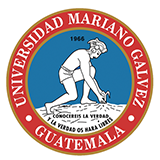
Mariano Galvez University of Guatemala
-
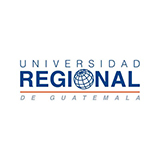
Regional University of Guatemala
-
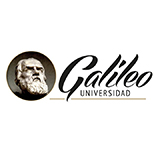
Galileo University
-
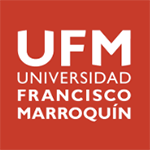
Francisco Marroquín University
-

Rafael Landívar University
-
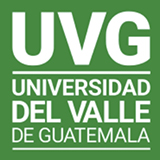
University of the Valley of Guatemala
-
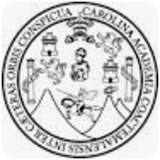
University of San Carlos of Guatemala
-

Technological Institute of Tlaxcala Plateau
-

Golfo University
-
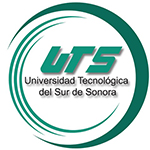
Technological University of South Sonora
-
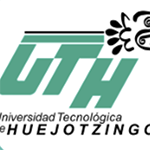
Technological University of Huejotzingo
-
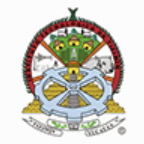
Tizimín Institute of Technology
-
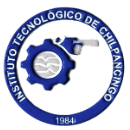
Chilpancingo Institute of Technology

